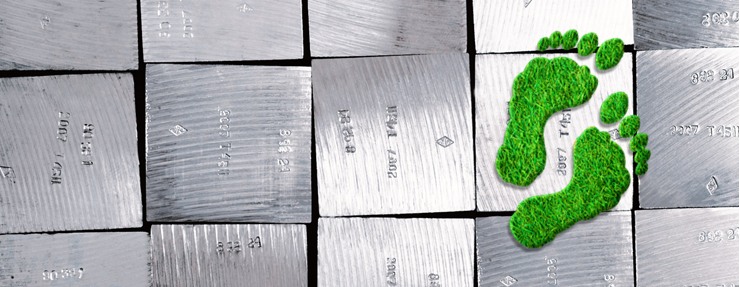Making green steel commercially available and attractive for buyers in Europe will need more financial and regulatory support from governments, mill executives said March 11.
At the annual steel conference of German business daily Handelsblatt, steel producers said the adoption of green steelmaking is rather hampered by the regulatory framework and costs than technological challenges.
“Technologies that are being viewed as ‘the future’ have already been implemented,” said Frank Schulz, CEO at ArcelorMittal Germany. ArcelorMittal already has a direct reduced iron, or DRI, plant in Hamburg running on natural gas and is developing a hydrogen pilot DRI plant, with plans to produce 100,000 mt of green steel by 2024.
“We have a lot of customers who are interested [in green steel products] but as soon as you talk about pricing, it’s getting into a debate,” said Schulz.
Mill sources said previously to Platts that particularly automotive customers are pushing for green steel making to have a “carbon-free” end-product.
The question, however, was raised at the conference on how to make green steel commercially viable with higher costs and the large-scale investments that need to take place at blast furnace operated mills particularly.
“The complete switch [from blast furnace] to electric arc furnace or DRI is going to cost billions in the Saarland region and we are only 10% of Germany’s steel production,” said Karl-Ulrich Köhler, CEO of South German mills Saarstahl and Dillinger. Saarstahl and Dillinger recently teamed up with Liberty Steel Group and Paul Wurth on a project to incorporate a 2 million mt/year DRI plant, with an integrated 1 GW capacity hydrogen electrolysis production unit, next to GFG’s ALVANCE Aluminium Dunkerque site in France.
There was, however, no guarantee that mills will have enough hydrogen to run their green steel operations. There was also the issue that mills will have higher operating costs based on a higher energy bill, which they would need to pass on to the cost of green steel.
“There is no market that is willing to pay for green steel at the moment,” said Köhler, adding politics will need to establish a competitive industrial landscape for the steel industry.
Scaling up the EU’s hydrogen sector by 2030 would cost around Eur430 billion including around Eur145 billion of public support, trade body Hydrogen Europe said last year. Of this, Eur8 billion was seen necessary to support 20 million mt/year of green steel production — around 15% of the EU’s current production.
— Laura Varriale






